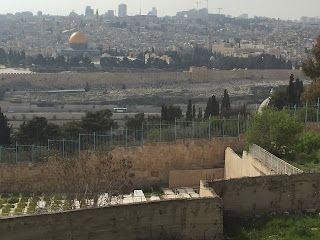 |
| Jerusalem, Photo by Mary Vee |
Today we’ll visit a small section of Israel near Jerusalem. Ahab's Well. The city's access to water was set up with miraculous engineering for the time.
The book we’ll talk about in connection with this well is Gods and Kings by Lynn Austin. I met Lynn years ago at a conference. As the keynote speaker, she spoke about her visit to Israel to research the story. She had to jump over several hurdles and at the time it didn’t look like she would be able to go.
While in Israel, she received special permission to visit places I could not see when I went, which intrigued me all the more.
This book is the first in a series of four, fictionalizing the life of Hezekiah and the kings that followed until the time Babylon took Jerusalem.
So you understand, fictionalizing a Bible story enables an author (based on a great deal of research) to add components like weather, politics, environment, culture, etc. The truths told in the Bible remain the same. We might hear family conversations around the table, learn about the sabbaths, understand the magnitude of the political issues from the time and more.
Authors who write Biblical fiction have a great responsibility to present life in the Bible times clearly for readers to see in their minds.
*Ruins from the city wall.
For me, this story series brought to life one of the few good kings of Judah. We are told there were eight who lived godly lives. Hezekiah's story is so compelling, you won’t want to put this book down before finishing it.
*A huge storm came this day. It was nice to go underground to see Ahab's well.
In my intro above I mentioned Jerusalem's water system. See, the water was accessible only from outside the city walls. A fierce army could in theory starve and deprive the citizens of needed water until they surrendered.
*These are the lower steps to the entrance. There were many more above these.
Knowing such an army was on the way to Jerusalem, workers dug a tunnel from inside the city wall on an angle down toward the source of water. Other workers went outside the city wall and dug a tunnel up toward the other workers. They didn’t have the tools or computers we have today to ensure the two would meet at precisely the same spot.
*Step winding stair descent inside.
Shortly before the army arrived, the workers broke through, joining the two tunnels at precisely the same point, connecting the tunnels and giving citizens inside Jerusalem access to water. Only God could have guided these workers to do this.
*Watch your step. Use both hands on the rails. Also low ceiling.
Next, to prevent the army outside the city gates from crawling up the tunnel and entering inside the city wall, the workers buried the outside access, thus depriving the army of water.
*Yes, women traveled all this way underground to fetch daily water.












Comments